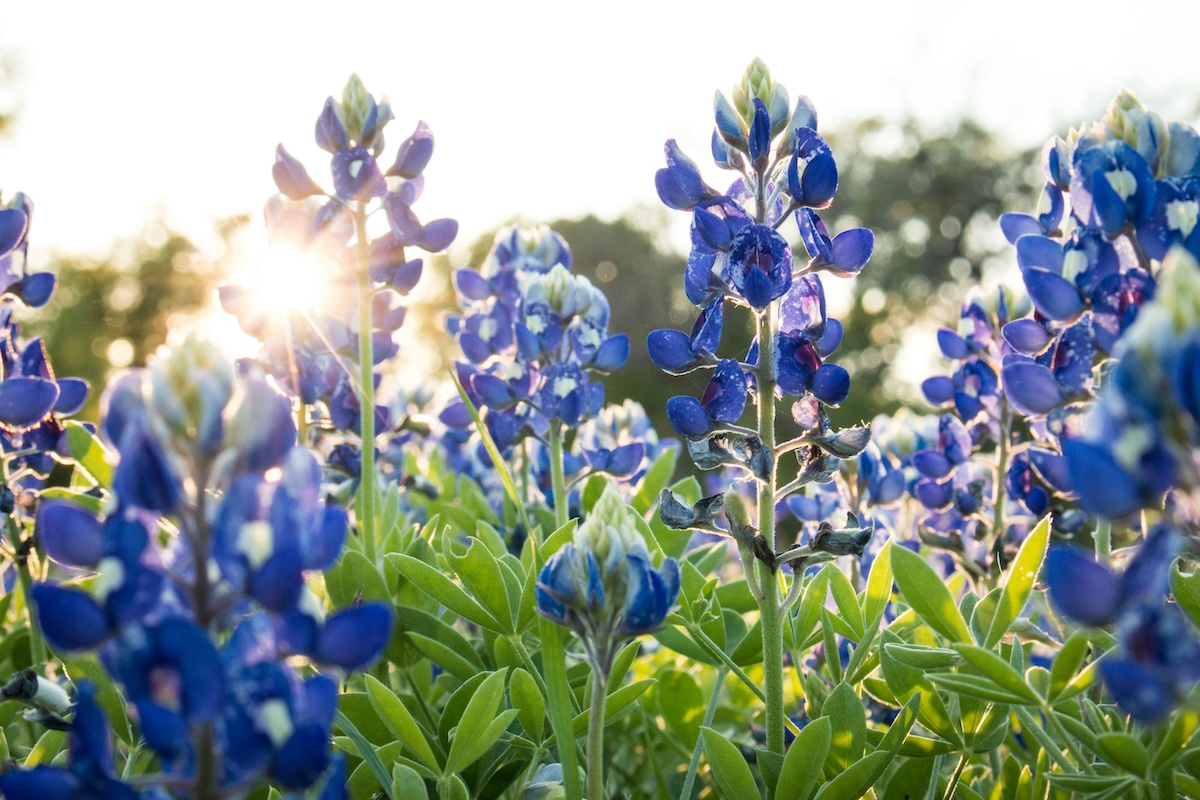A Taste of Scenic Vineyards and Exceptional Vintages

Texas is rapidly becoming a celebrated destination for wine enthusiasts. The state’s wine tourism industry has blossomed in recent years, inviting travelers to explore an array of vineyards that stretch across its varied landscape. Visitors are treated to a fusion of traditional Southern hospitality and the emergent sophistication of the Texan wine making craft. With over 400 wineries dotted throughout the region, the Lone Star State offers an impressive variety of vintages and experiences to suit every palate.
Each wine region in Texas presents visitors with a unique backdrop, from the rolling hills of Hill Country to the expansive plains of the High Plains. Tourists can immerse themselves in the scenic beauty of these landscapes while sampling a selection of wines that reflect the local terroir. The commitment to viticulture is evident, as Texan winemakers combine modern techniques with age-old traditions, producing wines that have garnered international attention.
The Texas wine country not only caters to those with a taste for fine wines but also to those who seek cultural enrichment and natural wonders. Amidst the rows of grapevines, guests can partake in tours, tastings, and festivals that celebrate the state’s rich cultural heritage. Additionally, the picturesque vistas provide an idyllic setting that complements the rustic charm of Texas vineyards. This mix of cultural and natural attractions is forging a new identity for Texas, one sip at a time.
The Rise of Wine Tourism in Texas
Wine tourism in Texas has flourished remarkably in recent years. Visitors from both within the state and beyond its borders flock to explore Texas’s unique wine offerings. The Lone Star State boasts over 400 wineries, making it the fifth-largest wine-producing state in the U.S.
- Growth Factors: Several factors have propelled the state’s wine tourism:
- Improved Quality: Enhanced winemaking techniques and grape cultivation have led to better wine quality.
- Marketing Efforts: Active marketing and partnerships with tourism boards amplify the allure of Texas wines.
- Cultural Events: Food and wine festivals, along with vineyard tours, provide immersive experiences.
Texas’s wine regions offer a tapestry of flavors and experiences, notably the Hill Country and High Plains. Each region has its distinct climatic conditions and soil types, shaping the character of their wines.
- Notable Wine Regions:
- Texas Hill Country: Known for its picturesque landscapes and award-winning wineries.
- High Plains: Produces the majority of the state’s grape crop, valued for its ideal grape-growing conditions.
- Gulf Coast: Attracts visitors with its quaint wineries and ocean vistas.
The industry’s expansion has also positively impacted the state’s economy through job creation and increased tourism revenue. As the future for wine tourism in Texas looks promising, visitors continue to be charmed by the fusion of traditional Southern hospitality and distinct regional wines.
Regions and Routes: A Guide to Texas Wine Country
Texas Wine Country offers an expansive array of regions each with distinctive climates, soil types, and elevations. These diversities have led to the cultivation of various grape varieties and styles of wine.
Hill Country: The Heart of Texas Wine
The Hill Country is Texas’s most renowned wine region, sprawling across Central Texas. It’s celebrated for its picturesque views and an abundance of wineries. Fredericksburg, a notable town in the region, acts as a hub for wine enthusiasts looking to explore local vintages and vineyards. Visitors can follow the famed Wine Road 290, a route dotted with over 40 wineries, each offering a unique tasting experience.
High Plains: Elevated Vintages
In the High Plains, visitors will find vineyards thriving at elevations of up to 4,000 feet. This region, centered around the city of Lubbock, is characterized by its flat, expansive landscapes and rich, sandy soils. The Texas High Plains is known for producing Cabernet Sauvignon and Chardonnay, among other varietals, benefiting from the cooler temperatures and dry climate.
Gulf Coast: Breezy Vineyards
The Gulf Coast region is recognized for its humid climate and sea breezes, influencing the vines in a unique way. Stretching from the coastline near Houston down toward the Rio Grande Valley, the area hosts a variety of wineries that often showcase Blanc Du Bois and Black Spanish grapes. The Bluebonnet Wine Trail offers a coastal route for savoring wines and taking in the scenic landscapes.
Experience the Vintages: Varietals and Winemaking
In Texas, wine enthusiasts can savor an array of varietals suited to the state’s varied climate. Expert winemaking techniques contribute to the distinctive profiles of Texan wines.
Texan Reds and Whites
Varietals: Texas vineyards offer a spectrum of red and white wines. Reds such as Tempranillo, Mourvèdre, and Sangiovese thrive in the warmer regions, producing robust and flavorful wines. The Whites, including Viognier, Blanc du Bois, and Chenin Blanc, flourish in Texas’ diverse terroirs, offering refreshing crispness and aromatic bouquets.
- Popular Reds: Tempranillo, Mourvèdre, Sangiovese
- Popular Whites: Viognier, Blanc du Bois, Chenin Blanc
Regions: The Hill Country, with its mineral-rich soils, is renowned for its red varietals. The High Plains, on the other hand, is lauded for its white varietals, benefitting from a cooler climate that provides a longer growing season.
Innovative Winemaking Techniques
Techniques: Texas winemakers employ innovative techniques to enhance their wines. Techniques such as controlled fermentation, adjusting oak aging, and experimenting with blending methods are widely used to create complex flavor profiles. The utilization of modern technology paired with traditional winemaking practices allows for precise control over the end product.
- Controlled Fermentation: To manage wine’s flavor and texture
- Oak Aging: To impart subtle spice and vanilla notes
- Blending Methods: For balance and complexity
Sustainability: Environmental stewardship is a cornerstone of Texas winemaking. Many vineyards adopt sustainable practices like water conservation, the use of natural pest management, and organic viticulture techniques to promote biodiversity and reduce their environmental footprint.
Vineyard Tours and Tasting Experiences
Texas offers a wealth of vineyard tours and tasting experiences that cater to both connoisseurs and casual enthusiasts alike. Visitors can expect expertly guided tours, personalized tasting sessions, and a chance to learn about wine-making in an engaging environment.
Guided Tours
Guided vineyard tours in Texas are designed to educate and entertain. Visitors often begin their journey at the vineyards of the Texas Hill Country, where they can walk among the rows of grapevines and witness the care that goes into cultivating the grapes. Becker Vineyards, for instance, offers a behind-the-scenes look at their wine-making process, complete with insights into the history of Texas wine.
- Pedernales Cellars showcases their sustainable practices during a tour that highlights their commitment to eco-friendly wine production.
- In East Texas, Kiepersol Estates Winery provides visitors with a tour that includes its expansive vineyards, fermentation facilities, and barrel aging rooms.
Personalized Tasting Sessions
Tasting sessions in Texas vineyards often feature a selection of regional wines, from bold reds to crisp whites, allowing guests to find their preferred flavor profiles.
- Fall Creek Vineyards tailors its tasting experiences with a curated selection of wines that represent the best of Texas terroir.
- For those interested in food pairings, Messina Hof Winery offers a unique session that pairs local cuisine with its award-winning wines, providing an immersive sensory experience.
Italicized wine descriptions and the use of bold for vineyard names help to distinguish between the locations and experiences on offer, making it easier for visitors to identify venues that resonate with their tastes.
Pairing Scenery with Sips: Texas’ Natural Beauty and Resorts
Texas wine country offers an enticing blend of fine wines and stunning landscapes, with resorts that cater to relaxation and indulgence among the rolling hills and vibrant vineyards.
Sustainable Wineries and the Landscape
Texas boasts wineries that not only produce excellent wines but also prioritize environmental stewardship. Solaro Estate Winery, located in the scenic Texas Hill Country, integrates solar power into its operations, protecting the beauty that surrounds it. Visitors can taste award-winning wines while enjoying views of flourishing vines against a backdrop of undulating hills. Another standout, Bending Branch Winery in Comfort, Texas, practices sustainable viticulture, inviting wine enthusiasts to savor their robust Tannat wines amidst a natural setting that is preserved for future generations.
Luxury Stays and Wine Retreats
For visitors seeking a luxurious escape, Texas wine country does not disappoint. The Vineyard B&B at Lost Creek Ranch combines rustic charm with modern amenities, providing a lavish experience nestled in the vine-laden landscape of the Hill Country. Guests can stay in exquisitely appointed rooms and partake in private wine tours and tastings.
- Resort: The Vineyard B&B at Lost Creek Ranch
- Location: Hill Country, Texas
- Features: Private wine tours, luxury accommodations
Another premier destination is Sage Hill Inn & Spa. With a panoramic view of the region’s vineyards, this inn offers a serene getaway complete with spa treatments and fine dining, making for a perfect pairing with the region’s celebrated vintages.
- Resort: Sage Hill Inn & Spa
- Location: Kyle, Texas
- Features: Spa services, gourmet dining, vineyard views


